Dutasteride vs Finasteride for Hair Loss
Dutasteride vs Finasteride for Hair Loss
Hair loss is a common concern for many men, especially as they age. Two medications often used to treat male pattern baldness are dutasteride and finasteride. Both drugs work in similar ways but have some differences in how effective they are and how they're used. In this article, we'll explain how each one works, their primary uses, and help you understand which may be more suitable for treating hair loss.
What Is Finasteride?
Finasteride is a medication that was originally developed to treat an enlarged prostate (benign prostatic hyperplasia or BPH). It is also approved for the treatment of male pattern baldness (androgenetic alopecia). It works by blocking the action of an enzyme called 5-alpha-reductase. This enzyme converts testosterone into dihydrotestosterone (DHT), a hormone linked to hair loss and prostate growth.
By reducing DHT levels, finasteride helps to slow down hair loss and can even promote hair regrowth in some men. It's typically taken as a 1mg tablet once daily for hair loss, and a higher dose (5mg) is used for prostate conditions.
What Is Dutasteride?
Dutasteride is another medication used to treat BPH, and like finasteride, it blocks the 5-alpha-reductase enzyme. However, dutasteride blocks both types of this enzyme (Type I and Type II), while finasteride mainly blocks Type II. This means dutasteride can reduce DHT levels even more than finasteride.
Although dutasteride is not officially approved for treating hair loss in the UK, it is often prescribed “off-label” for this purpose. Some studies suggest that it may be more effective than finasteride at promoting hair regrowth, especially in men who haven't seen results with finasteride.
Finasteride vs Dutasteride: Key Differences
| Feature | Finasteride | Dutasteride |
|---|---|---|
| Approved for Hair Loss | Yes (1mg daily) | No (used off-label) |
| DHT Reduction | About 70% | Over 90% |
| Onset of Effect | 3-6 months | 3-6 months |
| Enzymes Blocked | Type II only | Type I and II |
| Prescription Required | Yes | Yes (off-label) |
| Common Side Effects | Low libido, erectile dysfunction | Low libido, erectile dysfunction (slightly more common) |
Primary Uses of Finasteride
Finasteride is licensed for two main conditions:
- Male Pattern Baldness: A 1mg daily dose helps reduce hair loss and encourage regrowth, especially at the crown and middle of the scalp.
- Benign Prostatic Hyperplasia (BPH): A higher 5mg dose is used to shrink an enlarged prostate and relieve urinary symptoms.
Primary Uses of Dutasteride
Dutasteride is licensed for:
- Benign Prostatic Hyperplasia (BPH): Taken as a 0.5mg capsule daily, it helps reduce the size of the prostate and improve urinary flow.
- Hair Loss (Off-Label): Dutasteride is not officially licensed for hair loss but is sometimes prescribed for men who do not respond well to finasteride.
Which One Is Better for Hair Loss?
Research suggests that dutasteride may be more effective than finasteride in reducing DHT levels and promoting hair growth (Zhou Z, 2019). However, because it is not officially approved for hair loss and may have a slightly higher risk of side effects, doctors usually recommend trying finasteride first.
If you don't see results with finasteride after 6 to 12 months, you may want to discuss switching to dutasteride with a healthcare professional. Always speak to your doctor or pharmacist before starting or changing any treatment.
Side Effects of Dutasteride and Finasteride
Both dutasteride and finasteride are generally well tolerated, but like all medications, they can cause side effects. Because they work in similar ways, they also share many of the same potential side effects. These include:
- Reduced sex drive (low libido)
- Difficulty getting or maintaining an erection (erectile dysfunction)
- Problems with ejaculation, such as reduced volume
- Breast tenderness or enlargement (gynecomastia)
- Skin rashes
In most cases, these side effects are mild and go away after stopping the medication. Dutasteride may have a slightly higher risk of side effects compared to finasteride, as it reduces more DHT overall. However, individual reactions vary.
Depression and Suicidal Thoughts
There have been some reports linking both finasteride and dutasteride to mood changes, including symptoms of depression and, in rare cases, suicidal thoughts. These effects are not common, but they have been noted in some clinical studies and case reports, especially in younger men.
The exact reason why these medications might affect mood isn't fully understood, but it may be related to hormonal changes caused by reducing DHT and altering levels of other brain-related hormones.
If you notice changes in your mood, such as persistent sadness, anxiety, irritability, or suicidal thoughts while taking either of these medications, stop the treatment and speak to a healthcare professional immediately. Your mental health is just as important as your physical health, and support is available.
Dutasteride has found to be associated with a lower risk of depression compared to finasteride (Laanani, 2022), but both medications should be used with caution, especially in those with a history of mood disorders.
Frequently Asked Questions (FAQs)
1. Can I switch from finasteride to dutasteride?
Yes, if finasteride doesn't give you the results you want, you can discuss switching to dutasteride with your doctor. It may work better for some men, but you'll need a prescription for off-label use, you can buy dutasteride capsules for hair loss right here at Hightown Pharmacy.
2. How long does it take for hair to grow back?
Both medications take time to work. You may notice reduced hair loss within 3 months and visible regrowth after 6-12 months of consistent use.
3. Are the side effects permanent?
Most side effects, such as reduced libido or erection problems, are reversible once you stop taking the medication. However, in rare cases, side effects may persist.
4. Can women take these medications for hair loss?
These medications are not recommended for use in women, especially during pregnancy, as they can cause harm to unborn babies. Women experiencing hair loss should speak to a healthcare professional for safer alternatives.
5. Do I need a prescription for dutasteride or finasteride?
Yes, both medications require a prescription in the UK. You can get one through a consultation with your GP or an online pharmacy service.
Sources
NHS: Finasteride
BNF: Finasteride
BNF: Dutasteride
(Zhou Z, 2019) The efficacy and safety of dutasteride compared with finasteride in treating men with androgenetic alopecia: a systematic review and meta-analysis
(Laanani, 2022) Suicidal risk associated with finasteride versus dutasteride among men treated for benign prostatic hyperplasia: nationwide cohort study.
Related products
-
POM
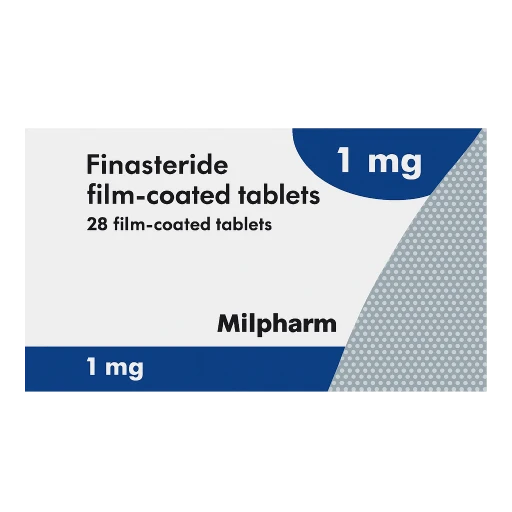
finasteride tablets
£10.99
-
POM
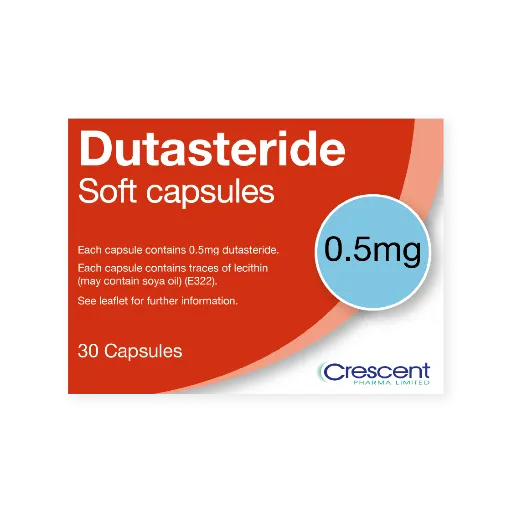
dutasteride capsules
£17.49
-
POM
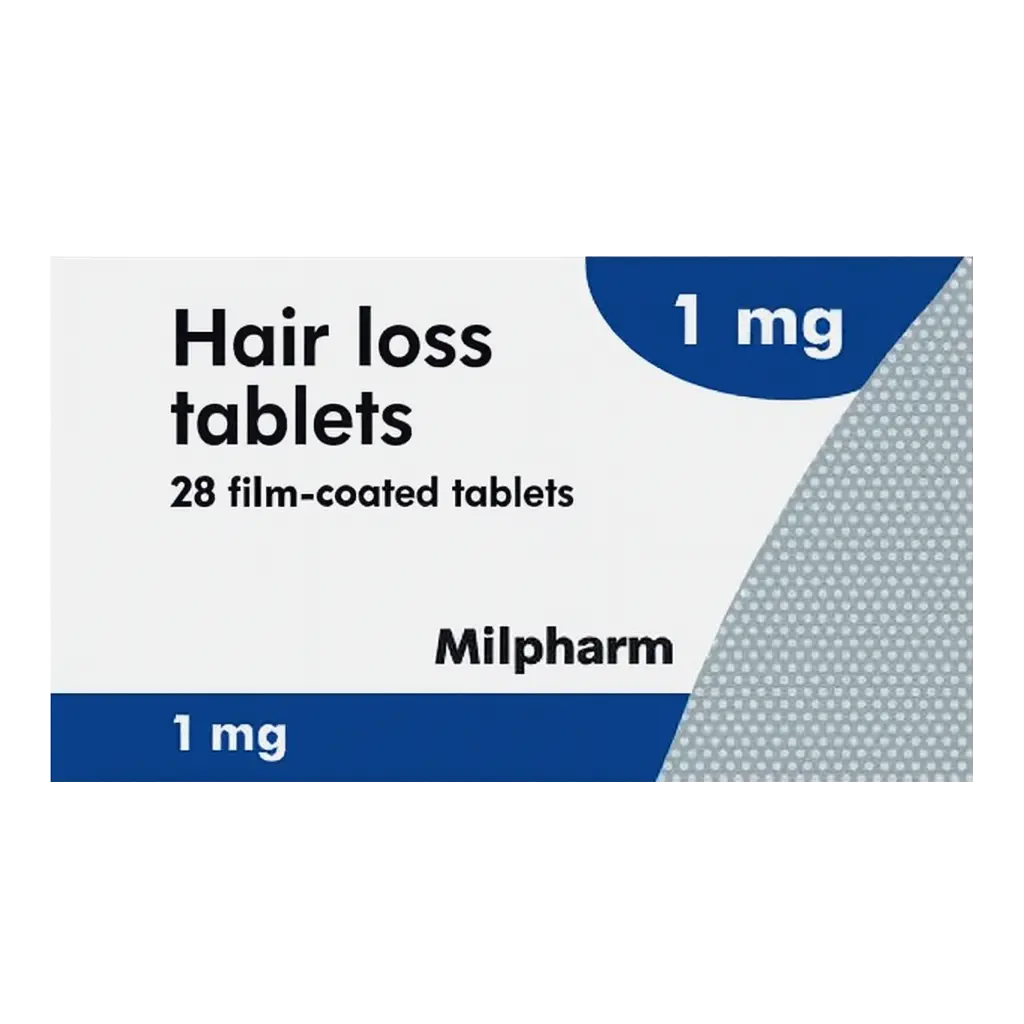
hair loss tablets
£10.99
-
POM
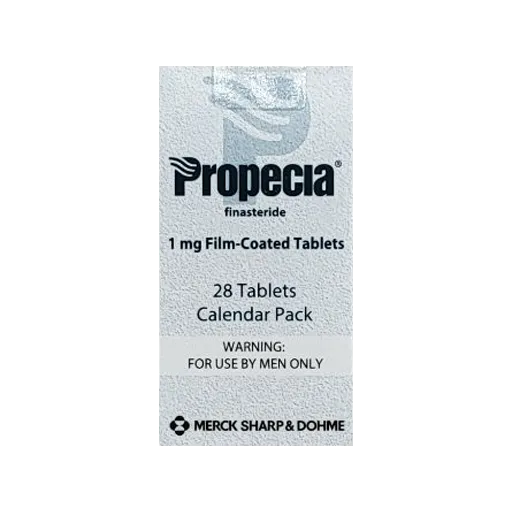
propecia tablets
£49.99
-
P
-
GSL
-
POM
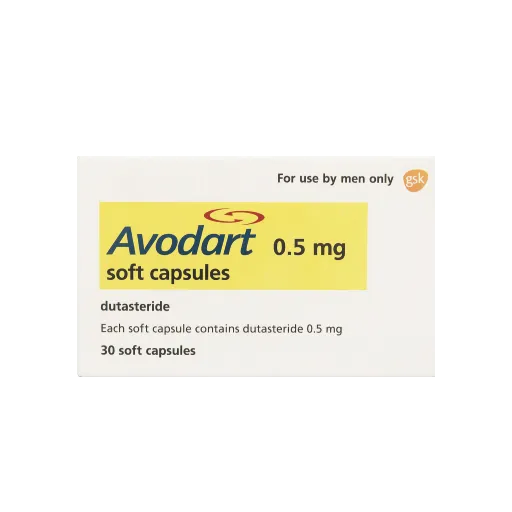
avodart capsules
£39.99
-
POM
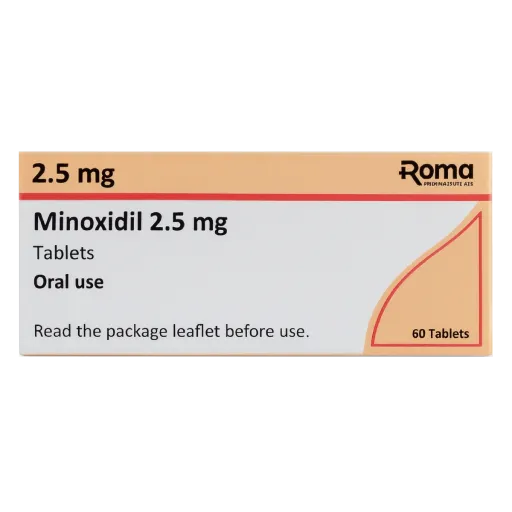
minoxidil tablets
£15.00

